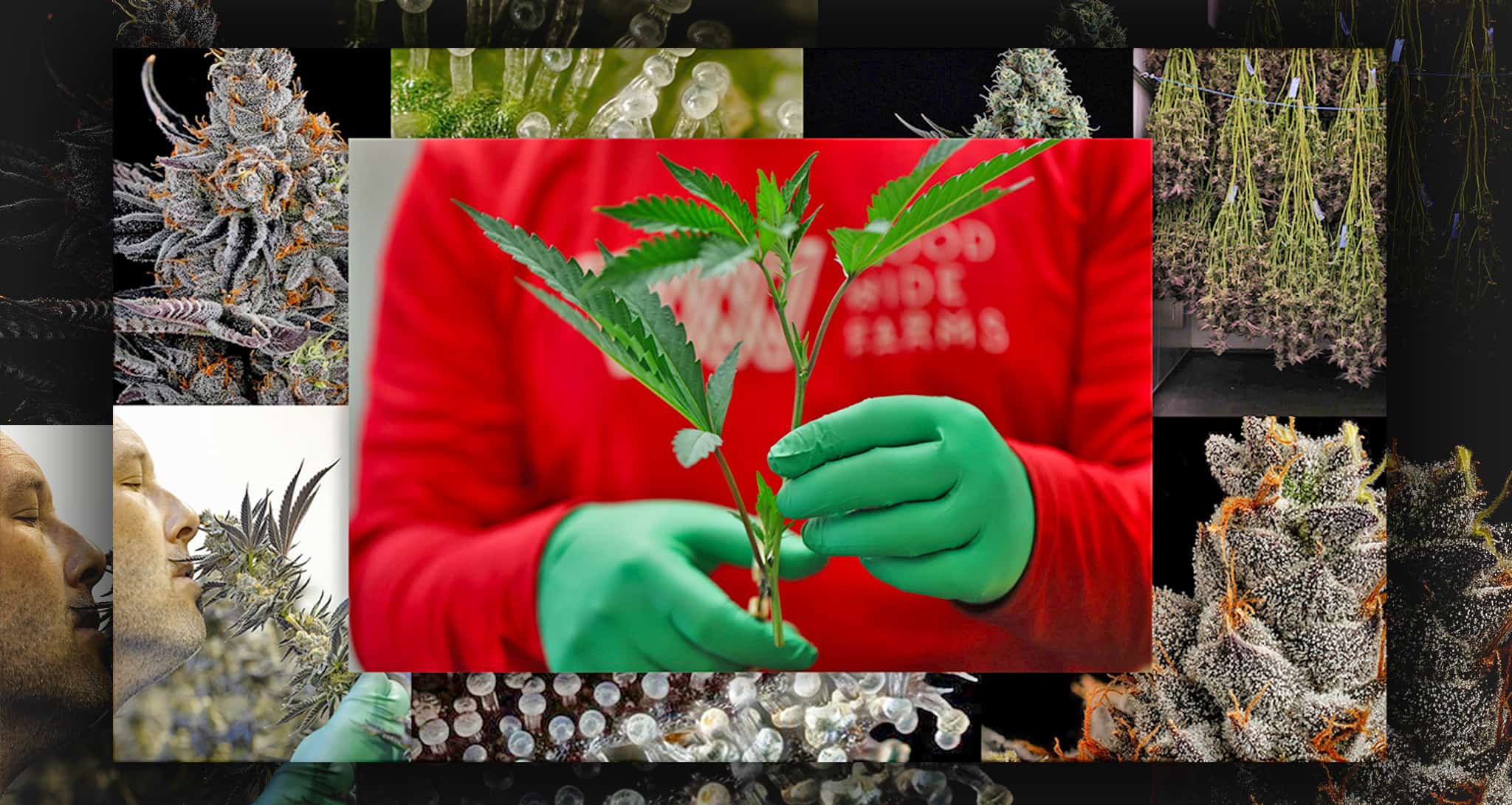Being at the frontlines of the fight for legalization hasn’t always paid off for Californians. This late in the game, states like Oklahoma and Mississippi can afford to take a smaller government approach to the now-booming business of cannabis. But as the first state to legalize medical cannabis, California got saddled with the especially high taxes and tight restrictions that came with tackling the nationwide stigma head-on. Now, the thought of drowning in red tape amidst the stiff competition of a flooded market would be enough to scare anyone off of growing weed in the Golden State.
But Michael Strupp and Ryan Birchard of Wood Wide High Craft cannabis aren’t so easily intimidated. As industry veterans who have dedicated themselves to growing some of the most exceptional herb in the country, they remained certain that California is where they’re meant to be. “We’re committed,” says Birchard. “We believe this is where the finest cannabis is grown—are you going to go to Iowa for wine, or are you going to Napa or France?”
For Ryan and Strupp, cultivation is about continuing a deep-rooted community tradition. “Both Ryan and I were born and raised in Mendocino,” says Strupp. “High school was spent sneaking around the woods growing cannabis.” Though furtive cannabis consumption is a central feature of teenage rebellion everywhere, cultivating right out of the gate is more unusual. But then, most young cannabis enthusiasts aren’t lucky enough to grow up in California’s Emerald Triangle, an epicenter of cannabis cultivation since the 1960s.
“There’s so much cannabis history here— as a hippy artist community at the center of the counterculture, much of the economy relied on cannabis,” Strupp says, crediting the old-school growers for much of Wood Wide’s success. “We spent a lot of time gleaning knowledge from our elders in this area.”
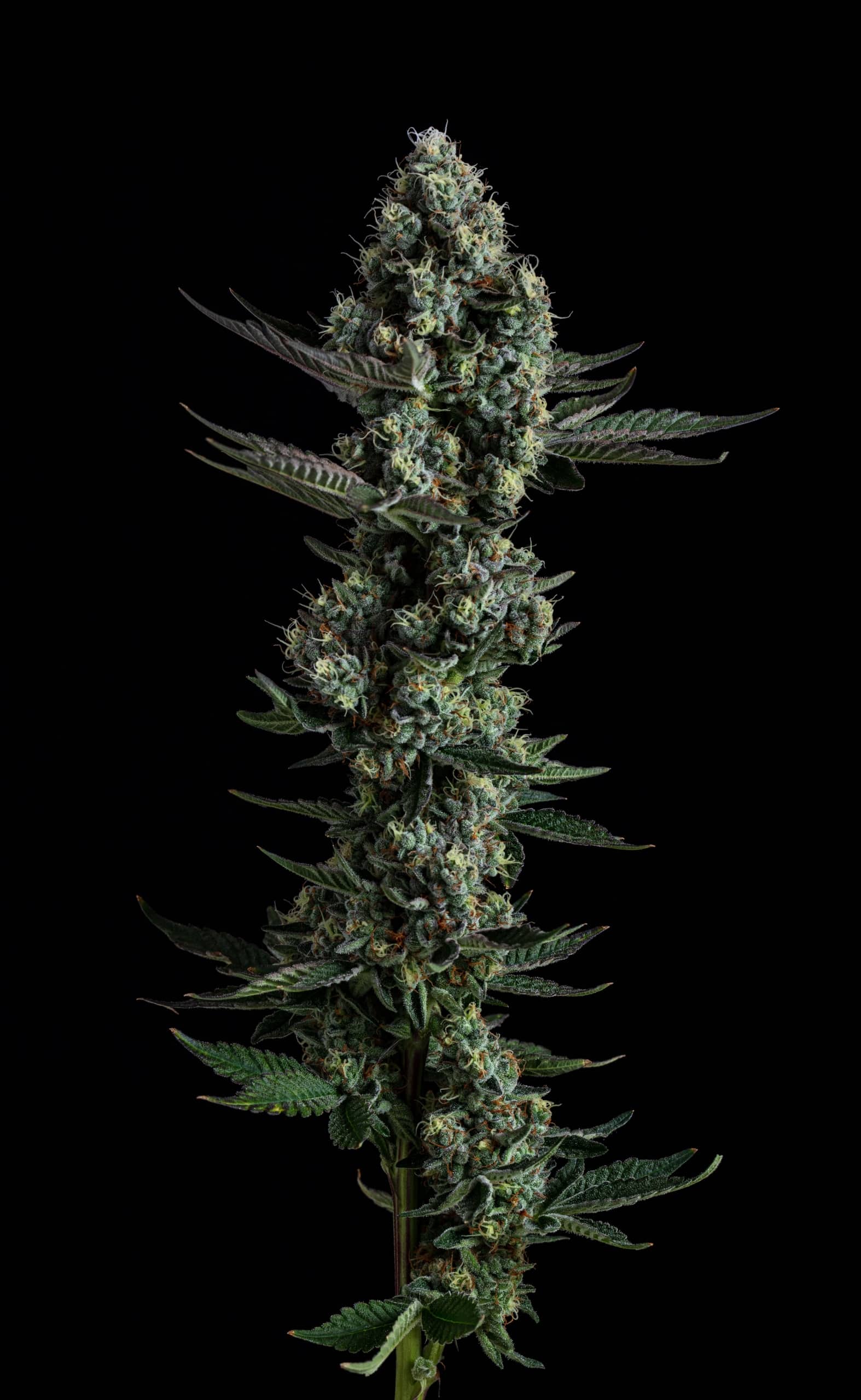
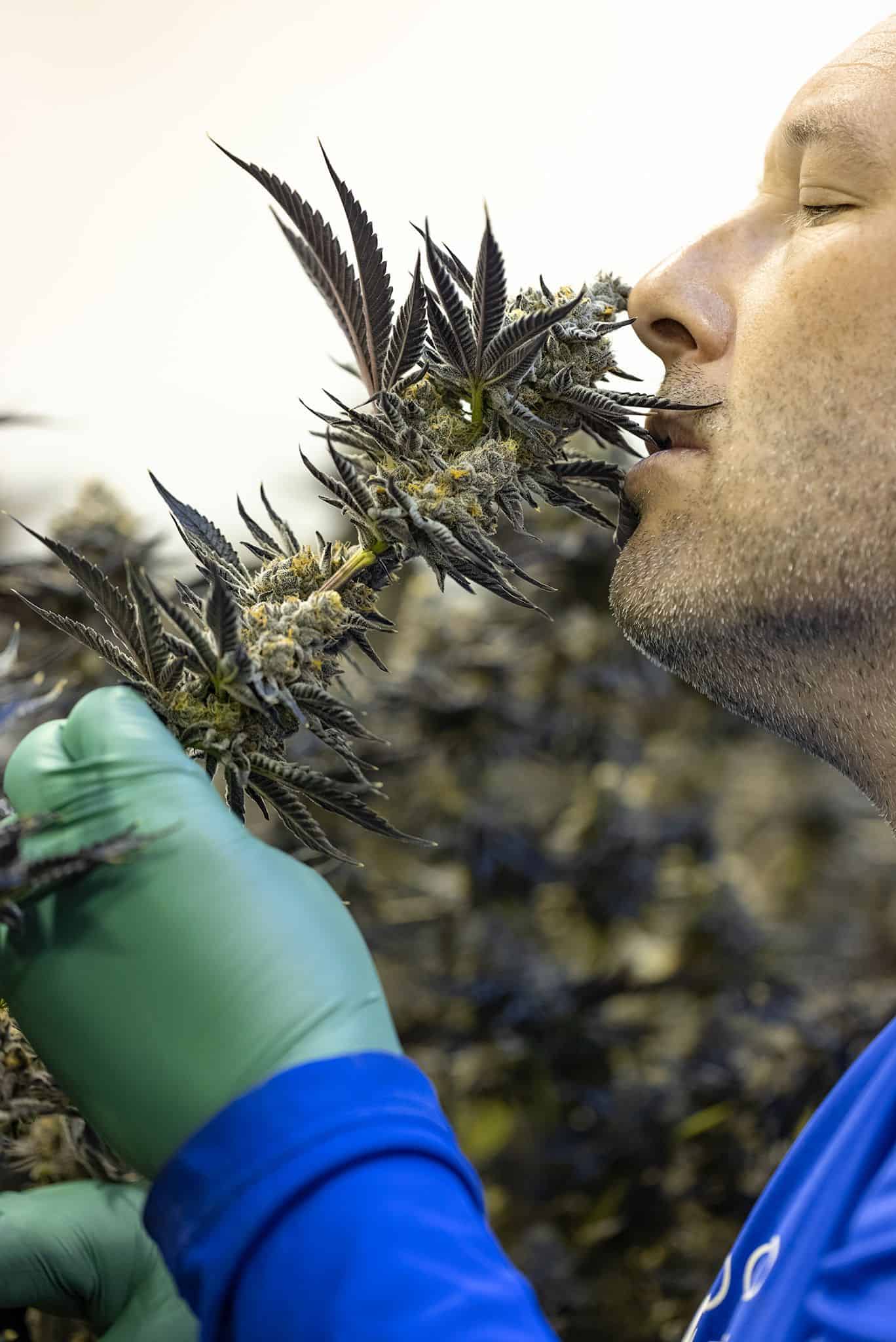
Both men went to college in coastal towns close to home, and wound up in Mendocino. “This is the most beautiful place on Earth,” Birchard tells me when I ask if they’d consider cultivating their high-grade product somewhere else. “We live on Highway 1 in the redwoods. We see the ocean every day, and there are whales everywhere. What else could compare?”
The two began cultivating together professionally during California’s Prop 215 days as suppliers for San Francisco’s cannabis clubs at their heyday. They describe their first experiences with indoor cultivation as akin to falling in love; once they saw the potential for creative control that comes with mastery of all the elemental variables in cultivation, they never looked back.
Though indoor cultivation isn’t exactly known for sustainability, in Mendocino it requires fewer resources than, say, farther down the California coast. “If you’re growing in L.A., you’re bringing a lot of gnarly stuff in there like microplastics,” says Birchard. But while urban indoor growers may have to waste gallons of water in reverse osmosis purification, Birchard and Strupp’s plants can drink straight from the tap. And climate control is less of a drain on resources with the occasional assistance from the coastal air. As Strupp puts it, “when an air conditioner goes down we can turn on the fans and use our natural cool climate.”
Their homegrown expertise brought plenty of appreciative customers from the burgeoning medical market, in which there was much less competition, and far fewer restrictions. “This was back in the day when you didn’t have to say how much you were cultivating, since no politician could tell you how much cannabis you needed as medicine, only doctors,” says Strupp. “You didn’t need a license, it all still pretty much happened behind the curtain.”
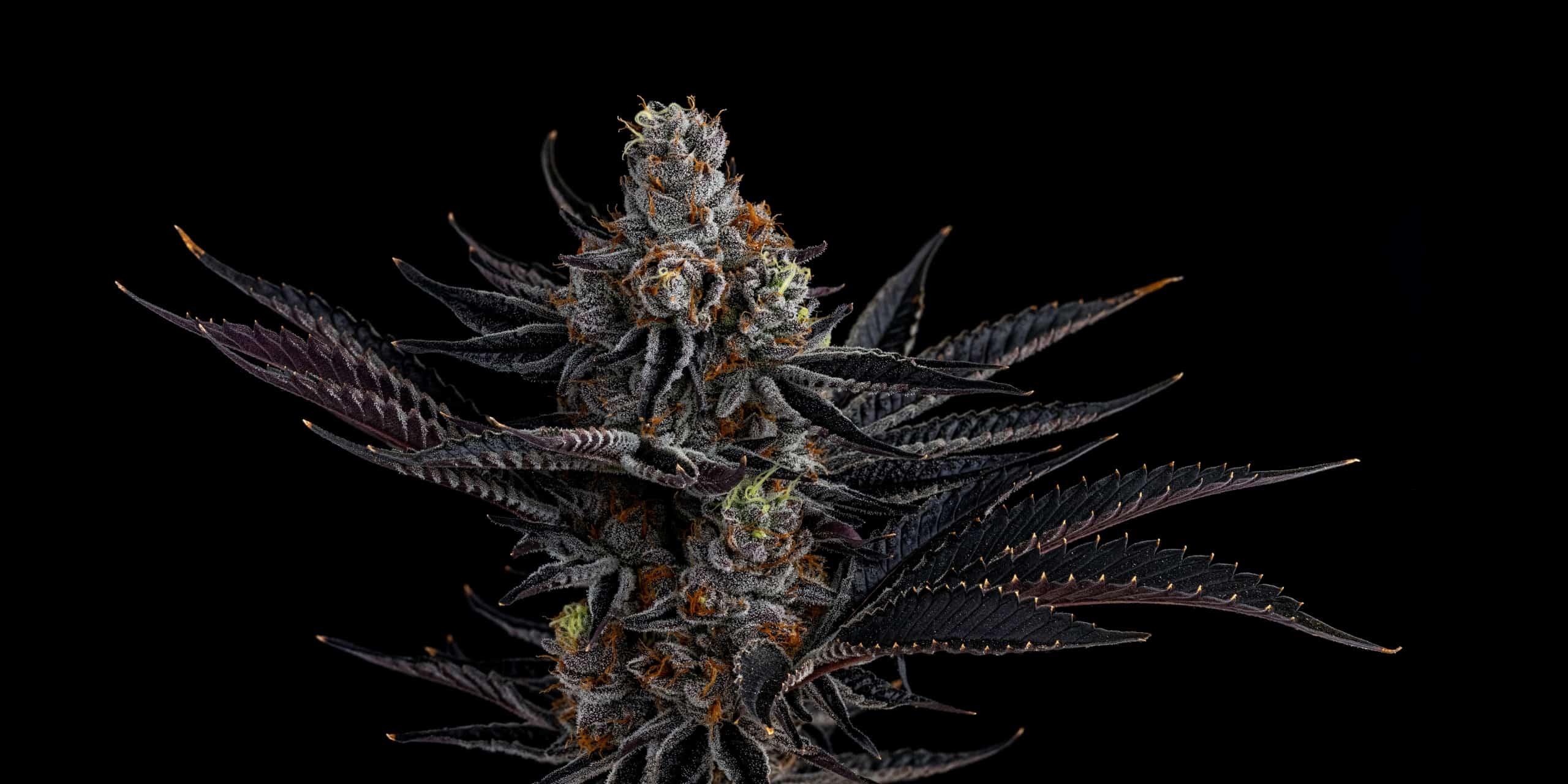
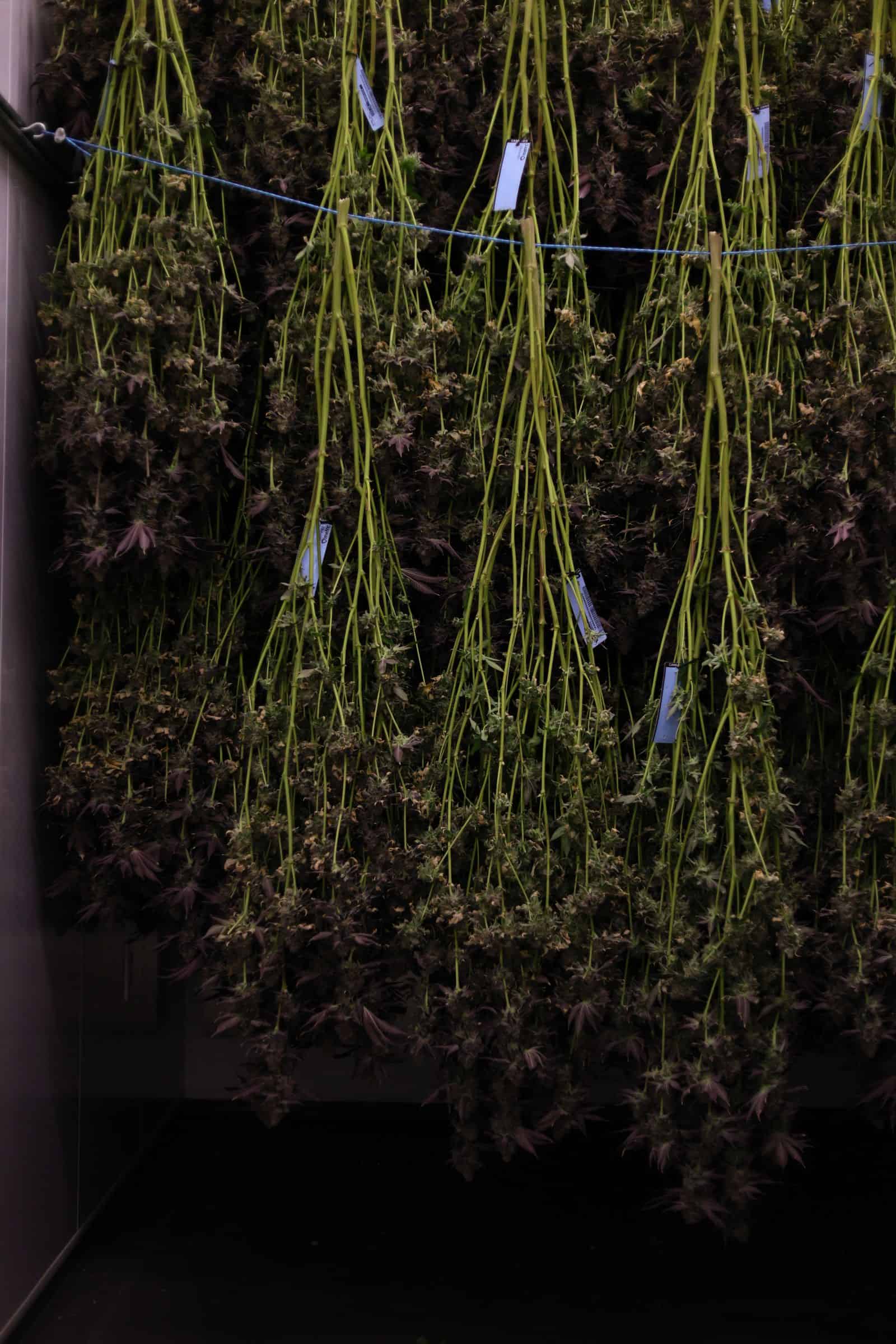
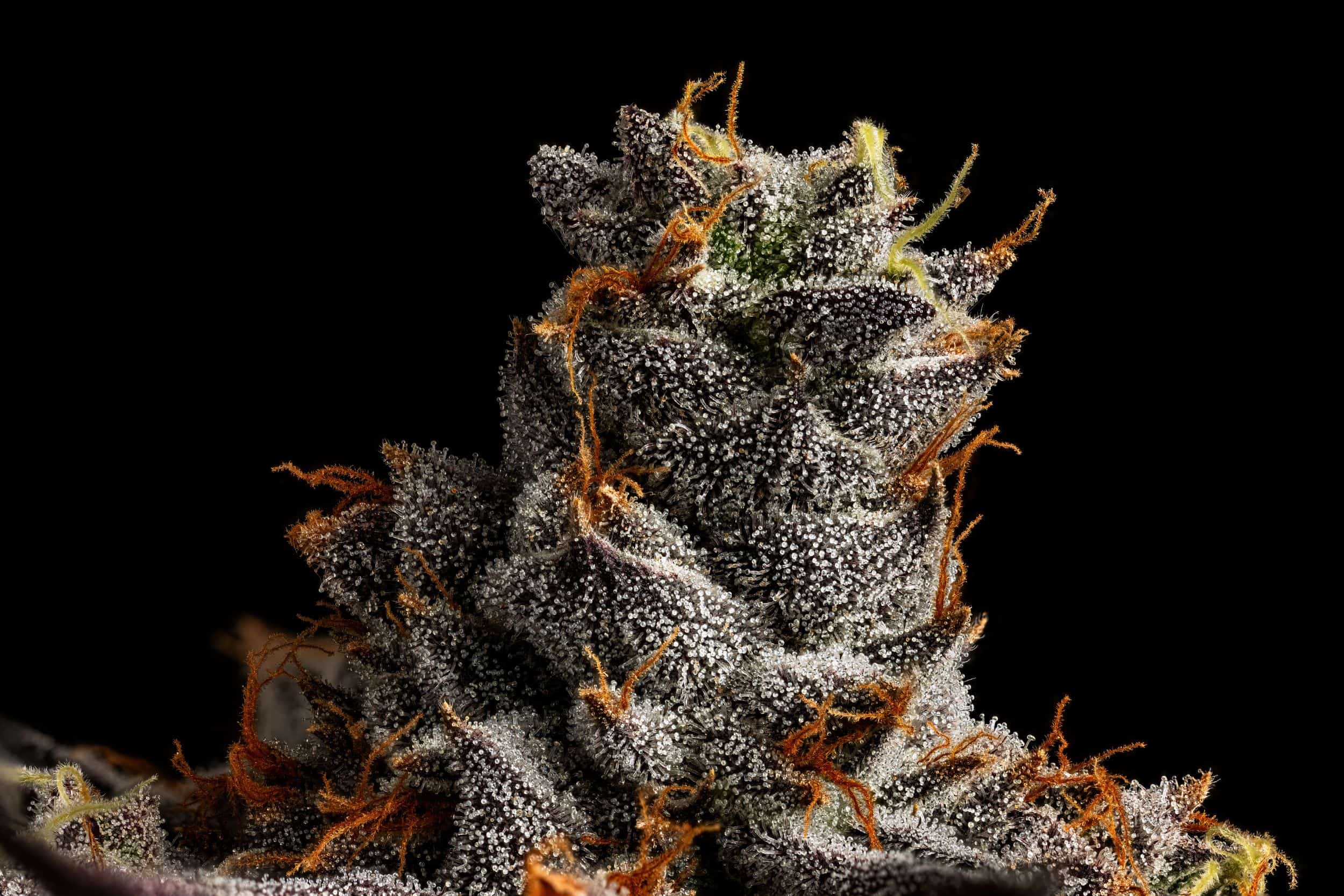
But the freedom of the early, quasi-legal medical days came with consequences; medical cannabis growers and distributors were still regularly busted by the feds. In 1996, the year Prop 215 passed, the DEA began making a point of flaunting state law by conducting raids on dispensaries and cultivation facilities and slapping growers with ten-year mandatory minimum sentences.
“It was a precarious way to live,” says Strupp. “If you were visited by the authorities you had a defense, but you weren’t actually protected.” And growing in a remote part of rural California also meant little defense against the thieves who preyed on the cash-based cultivation economy. “Once we started having children, we felt like it would be nice not to worry whenever the dog was barking at the gate,” he says.
After Proposition 64 legalized recreational use, the thought of going fully legitimate sounded pretty appealing, so they applied for a growers license and gave it a go. By 2018, Wood Wide High Craft was off and running, and they found themselves with almost more demand than they could keep up with. In the beginning, those who had taken the risk during the dark prohibition years were rewarded for their commitment and expertise with a rightful place at the forefront of the industry. But as the green rush attracted more and more capital, small legacy farmers began to get squeezed. “As all the larger cultivations got fired up, everyone was going bigger and bigger,” says Strupp. “People cultivated more supply than demand—that’s when you started seeing things really going down.”
Recently, they’ve felt the difficulty of keeping it old school in a swiftly evolving industry, with the hottest new strains and consumption methods constantly in flux. As Strupp puts it, “Everything’s changing so rapidly, it’s really hard to keep up. There’s so much happening—you have to know the difference between rosin or resin, kief, flash frozen or dried flower, and all the different ways to consume the products.” Meanwhile Birchard laments the laser focus on potency. “It’s typical of our society to isolate just one thing, THC, and focus on that,” he says ruefully.
At Wood Wide, there is preference for depth over breadth, and everything from seed to harvest is designed to produce flower that will blow away even the region’s pickiest connoisseurs regardless of the latest trends.
“We saw the only way we were going to survive was if we could find unique cannabinoid profiles to show that our cultivars are special,” says Strupp. “I do a lot of breeding and pheno hunting—when you cross cannabis plants you get thousands of seeds with as many different phenotypic variations as brothers and sisters.” The process begins with selecting exactly the right seeds, winnowing away over 90% of the group in order to identify the creme de la creme.
This ethic of excellence does occasionally put Wood Wide right on trend. As terpenes get more and more love from the craft cannabis scene, Strupp and Birchard are seeing their painstaking approach to cultivation pay off, thanks to the incredible terpene variation it produces. For instance, their deep purple strain Mendo Crumble has won the Emerald Cup terpene award multiple times.
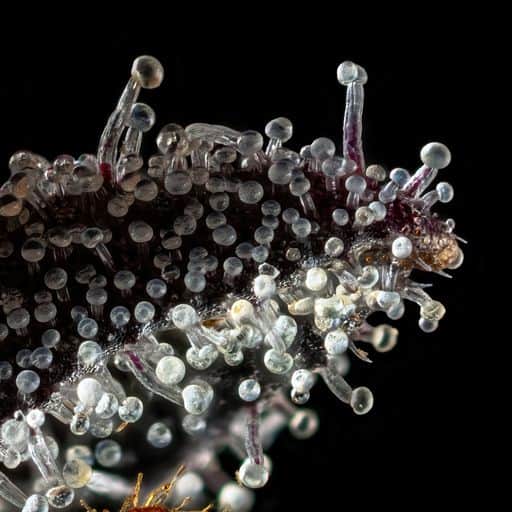
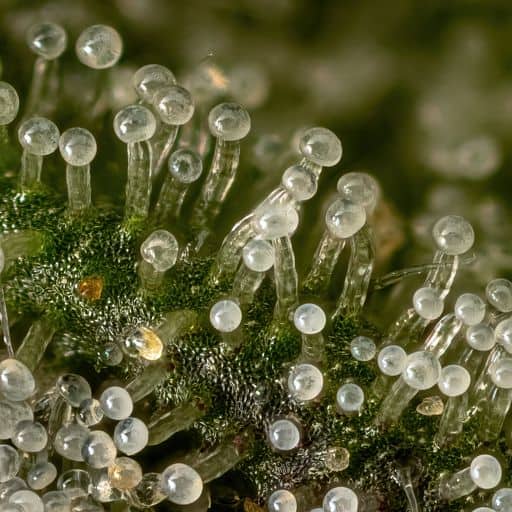
But as gratifying as awards can be, Strupp and Birchard prefer not to play favorites. As much as they love Mendo Crumble, they speak just as fondly of Grumpy Tiger, a gassy, piney strain that is also chock full of terpenes, though its nugs feature icy shades of green that may not have the crowd appeal of Mendo Crumble’s purple hues. “Everything right now is driven by purple,” says Strupp. “But that doesn’t mean we’re letting go of [light greens]. This industry is so cyclical that we can hold on until it becomes fashionable again—and of course, it never goes out of style for some people.” He hopes consumers will increasingly see various strains like different colors in a painter’s box, each to be used according to the occasion. “There are all different kinds of flavors out there, and our moods are always changing,” he says.
For Strupp and Birchard, this vive la différence sensibility transcends cultivating and consuming the plant. “The name Wood Wide refers to the complex microbial system that connects all the trees within a forest,” Birchard says. “That was the inspiration for us building out the roots, and connecting with everyone in the culture.”
After a lifetime among the redwoods and beside the kelp forests of the Pacific Coast, they understand that a living network is greater than the sum of its parts. In their minds, the cannabis industry is no different. They love to share their seeds with outdoor growers in their community and get to watch plants they’ve come to know in an indoor environment evolve in new ways under the sun and rain of Mendocino County.
Strupp and Birchard have the same satisfaction in observing the interconnectivity between everyone they’ve passed a joint to over the years, a network they’ve cultivated as assiduously as their plants. “We’ve met so many people through the cannabis smoke in the room,” says Strupp. “So many individuals who are involved with different brands have become lifelong friends—this is one of the few industries where you can actually connect to people in a meaningful way.”


